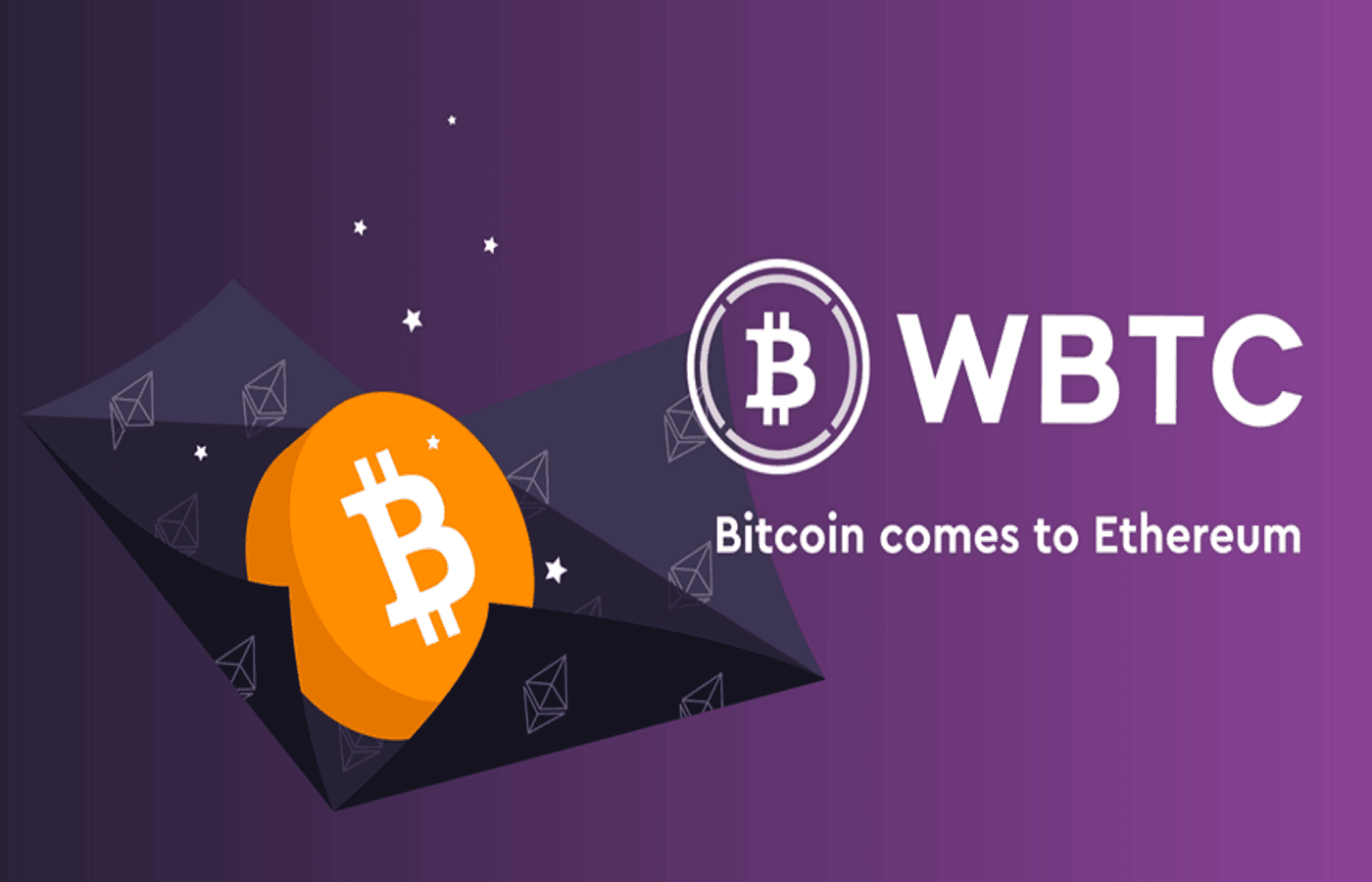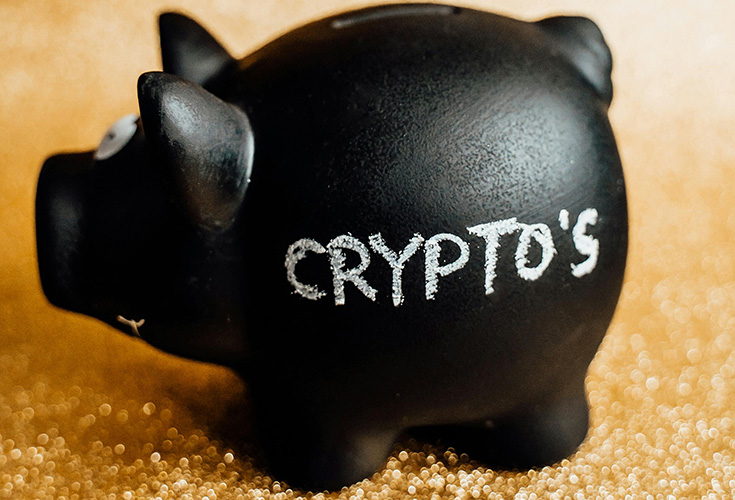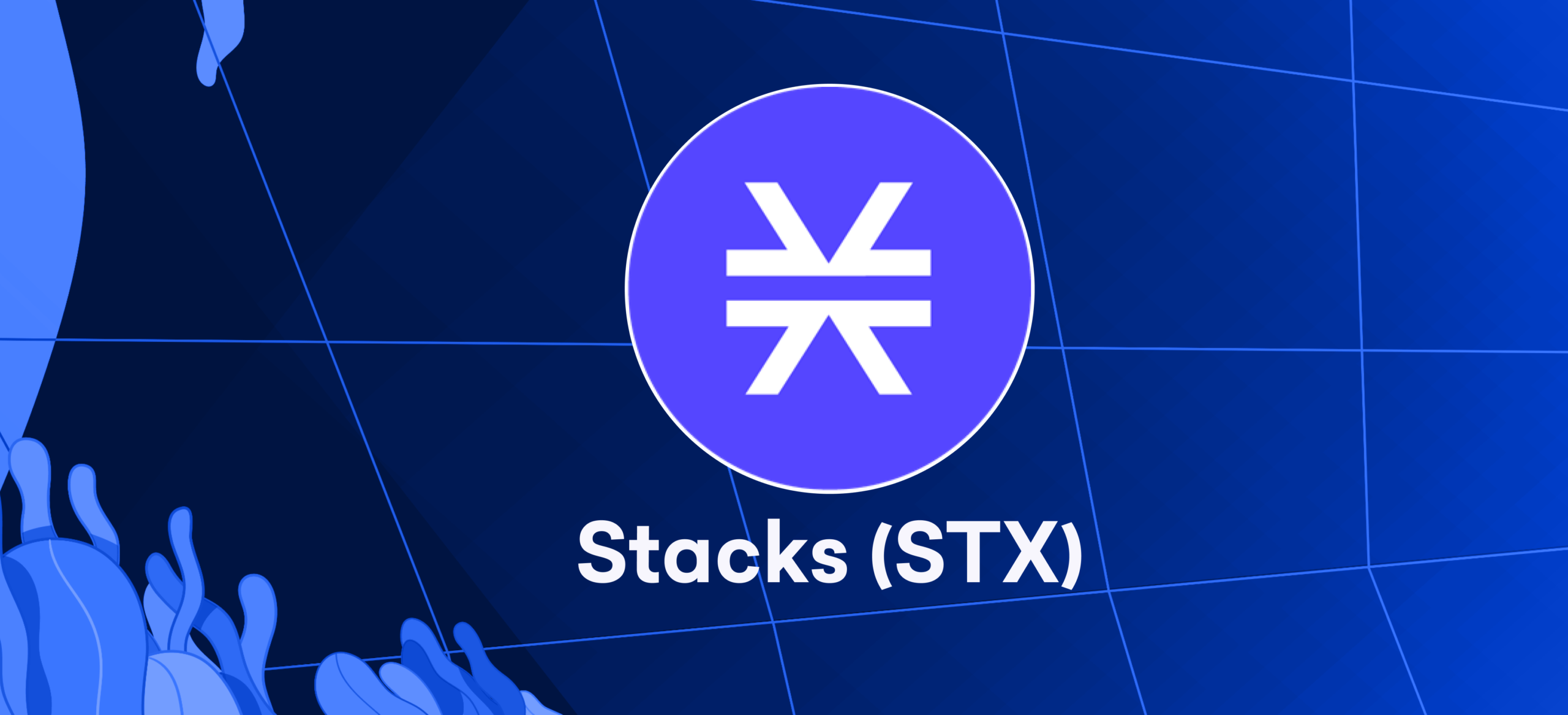
Cryptocurrencies can’t easily work on different blockchains because of interoperability challenges. Bitcoin and Ethereum are two of the biggest and most popular networks right now. But you can’t transfer Bitcoin (BTC) on the Ethereum blockchain. Therefore, wrapped tokens emerged as a solution to this problem. They enable digital assets to operate on blockchains different from their native ones.
In this article, we will look at the different types of crypto-wrapped tokens, how they work, and their importance to crypto investors and traders.
Wrapped Crypto Tokens
Wrapped crypto tokens are digital currencies tied to the value of the original cryptocurrency or assets like shares, stocks, gold, and real estate, and they are actively used on DeFi platforms. The original asset is placed in a wrapper, a type of digital vault, and a new token is created for use on other platforms. Wrapped crypto tokens are also known as ‘tokenized assets’ or extensions of native cryptocurrencies.
These tokens create connections between networks and enhance interoperability in the cryptocurrency space. You can buy or sell a wrapped crypto token in a decentralized way without depending on third-party service providers like centralized exchanges. They are considered securities and must follow the regulations of those jurisdictions in which they operate.
In the Ethereum blockchain, wrapped Bitcoin tokens denominated as WBTC were the initial ones to be utilized through smart contracts, allowing investors to earn a fixed income. In addition to WBTC, other assets largely compliant with Binance Smart Chain BEP-20 and Ethereum ERC-20 are included in the list of wrapped tokens.
The top ten wrapped tokens by market capitalization are as follows:
- Wrapped Bitcoin (WBTC)
- Wrapped NXM (WNXM)
- renBTC (RENBTC)
- pTokens BTC [OLD] (PBTC)
- renDOGE (RENDOGE)
- Wrapped Near (WNEAR)
- Wrapped CRO (WCRO)
- Wrapped Solana (SOL)
- Wrapped Moonbeam (WGLMR)
- Wrapped Velas (WVLX)
Types Of Wrapped Tokens
At first, it considered that stablecoins were wrapped tokens. However, they differ when compared to the more established wrapped coins. A stablecoin like Tether (USDT) represents a value of around one dollar. However, it doesn’t hold the exact amount of physical USD.
Wrapped tokens are of two types – redeemable and cash-settled. Investors can exchange redeemable tokens for original digital assets. On the other hand, Cash-settled wrapped tokens cannot be exchanged for the underlying asset.
How Do Wrapped Tokens Work?
Wrapped tokens usually require a custodian. This custodian is an entity that keeps the same amount of original assets as the wrapped amount. This custodian be a DAO, multisig wallet, or a smart contract. Let’s look at an example for better understanding.
You want to convert 20 BTC into 20 Wrapped Bitcoin (WBTC). You have to submit a request to a WBTC merchant such as AirSwap, Dharma, ETHfinex, and GOPAX with payment. The payment will include the amount of 20 WBTC and the minting fee.
The merchant will conduct Know Your Customer (KYC) and Anti-Money Laundering (AML) checks on the submitter. The merchant will send the BTC to the custodian after verifications. The custodian will mint the 20 WBTC. This reserve transaction will be recorded on-chain. Now, the custodian will generate 20 WBTC tokens and send them to the merchant. After receiving 20 WBTC, the merchant will transfer it to you.
Although you have spent 10 WBTC from the collection, you have not had the opportunity to spend the remaining 10. So, you want to transfer it back to Bitcoin. Now, the burn request informs the custodian that it can release the remaining wrapped BTC from the reserve. In this case, the custodian acts as the unwrapper (one who unwraps) and the wrapper (one who wraps).
What Is Wrapped Bitcoin (WBTC)?
Launched in 2019, wrapped Bitcoin is an ERC-20 token on the Ethereum blockchain. BTC backs it on a one-to-one basis, so one WBTC is always equal to one BTC. Prior to WBTC, investors could only use BTC in financial transactions through centralized entities, such as centralized exchanges (CEXs). WBTC enables users to engage with various Ethereum’s dApps, especially within Ethereum’s decentralized finance (DeFi) ecosystem.
How Do Wrapped Bitcoin Tokens Work?
Basically, the merchant sends actual BTC to a custodian address on the BTC blockchain, and it gets locked there. Once it receives the real BTC, the custodian address initiates the minting process. This process results in the equivalent amount in WBTC on the Ethereum network. The ERC-20 BTC token is first burned (destroyed) when a reverse transaction occurs. Subsequently, the locked Bitcoins on the BTC network are released.
The need for such a token emerged due to the expansion of DeFi, a sector currently valued in billions of dollars. DeFi encompasses derivatives, lending, options, and various other financial applications. WanBTC, tBTC, sBTC, renBTC, and WBTC are examples of ERC20-based BTC tokens minted on the Ethereum. These tokens depend on the protocol or organization overseeing their issuance.
What Can You Do With WBTC?
- Earning interest: You can give your WBTC tokens to special pools in borrowing and lending apps. This helps you to earn interest.
- Margin trading: Platforms like Fulcrum allow WBTC owners to margin trade stablecoins, ETH, and other ERC-20 tokens. It is another method to generate profit on wrapped Bitcoins.
- Yield farming: Yield farming has been a major factor in driving DeFi to new, record-breaking levels. These pools usually run on BSC or Ethereum. But it does not indicate that BTC is out. Today, on decentralized exchanges, there are many pools for WBTC. These can help you to earn a significant passive income.
Benefits Of WBTC
- Faster transactions: BTC transactions often experience significant delays when the network is busy. In such cases, Ethereum is a better choice.
- Better liquidity: Centralized cryptocurrency exchanges continue to face challenges related to liquidity. Automated Market Makers (AMMs) have provided DEXs with an effective way to bypass this issue. But because most DEXs work on specific blockchains, finding BTC pools is tough. In this situation, WBTC is the sole solution.
- Better utility: BTC was created as a digital payment solution. Since then, the scope of the blockchain network has expanded. With WBTC, the utility of BTC can include Ethereum smart contracts designed for various purposes.
Drawbacks Of WBTC
- Trust as a fundamental requirement: To wrap and unwrap BTC, you must contact a custodian. Transactions are not really cross-chain. You must have trust in the individual or entity holding your token.
- Scalability issue: WBTC can be more cost and time-efficient than BTC transactions, but this isn’t always the case. Ethereum also faces the problem of scalability.
Wrapped Tokens On Ethereum

Wrapped tokens on the Ethereum network are tokens originating from other blockchains. They are designed to adhere to the ERC-20 standard, ensuring compatibility within the Ethereum ecosystem. Wrapped Ether (WETH) is a common example of an Ethereum-wrapped token.
On the Ethereum network, ETH (ether) is needed to pay for transactions. In contrast, ERC-20 is a technical standard for creating tokens on the Ethereum platform. For example, OmiseGO (OMG) and Basic Attention Token (BAT) are ERC-20 tokens. However, because ether was created prior to the ERC-20 standard, it is not compliant with it.
This created an issue because some Apps need you to switch between ETH and an ERC-20 token. That’s why WETH was generated. It is a wrapped form of ETH that adheres to the ERC-20 standard.
Wrapped Tokens On BNB Smart Chain (BSC)
Similar to wrapped tokens on Ethereum, you can also wrap BTC and many other digital currencies for use on the BNB Chain. The Binance Bridge enables you to wrap your virtual assets (ETH, DOT, ETH, XRP, BCH, BTC, USDT, and many more) in the form of BEP-20 tokens for use on the BNB Smart Chain.
Popularity Of Wrapped Tokens
Wrapped tokens are becoming more popular as smart investments in the crypto space, especially with the growing importance of decentralized finance. People turned around $800 million worth of BTC into WBTC in over one year. It reflects the popularity of the industry. As per Arcane Research, the number of BTC held on the Ethereum network rose to 189,000 BTC in 2021. It’s believed that a very small amount, about 1%, of the BTC’s circulating supply (about 18.73 million) is now being used in DeFi with wrapped Bitcoin tokens.
Final Thoughts
In the world of blockchain-based asset trading, wrapped tokens are an important development. Wrapped tokens enable the representation of non-native digital assets on a blockchain. Wrapped tokens increase the capital efficiency and liquidity of centralized and decentralized exchanges. Moreover, they decrease the transaction time and fees.








